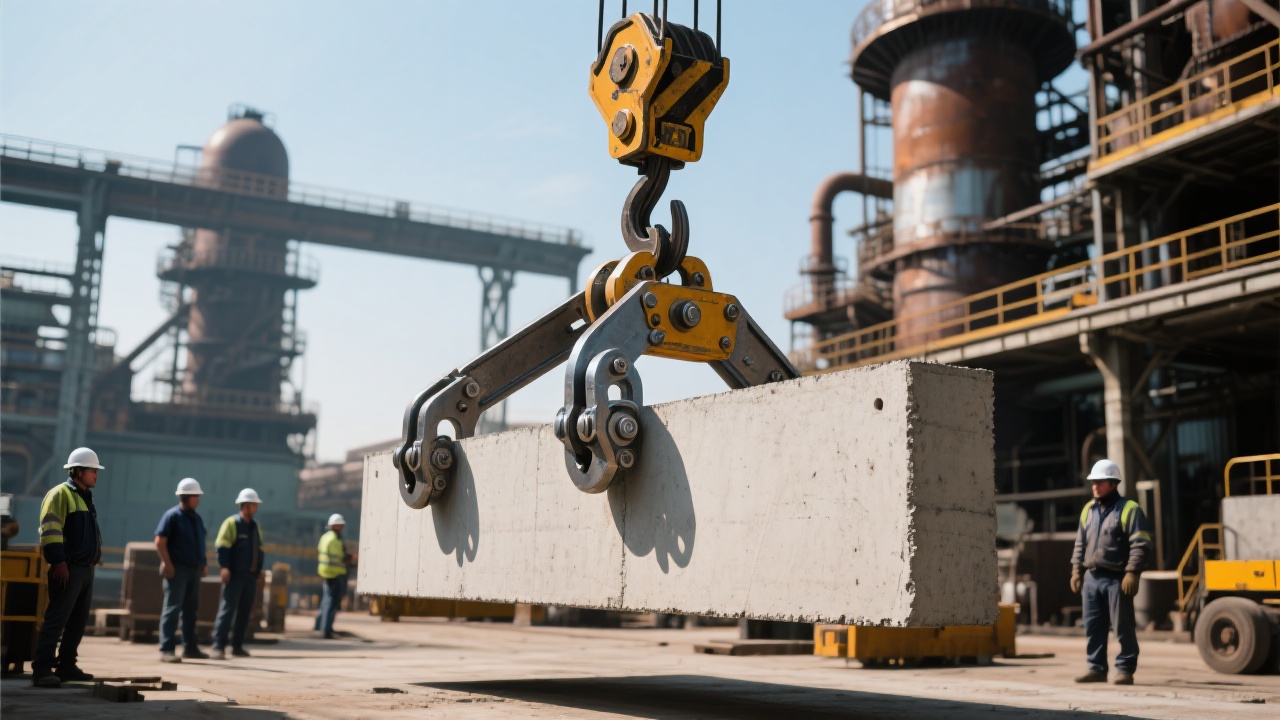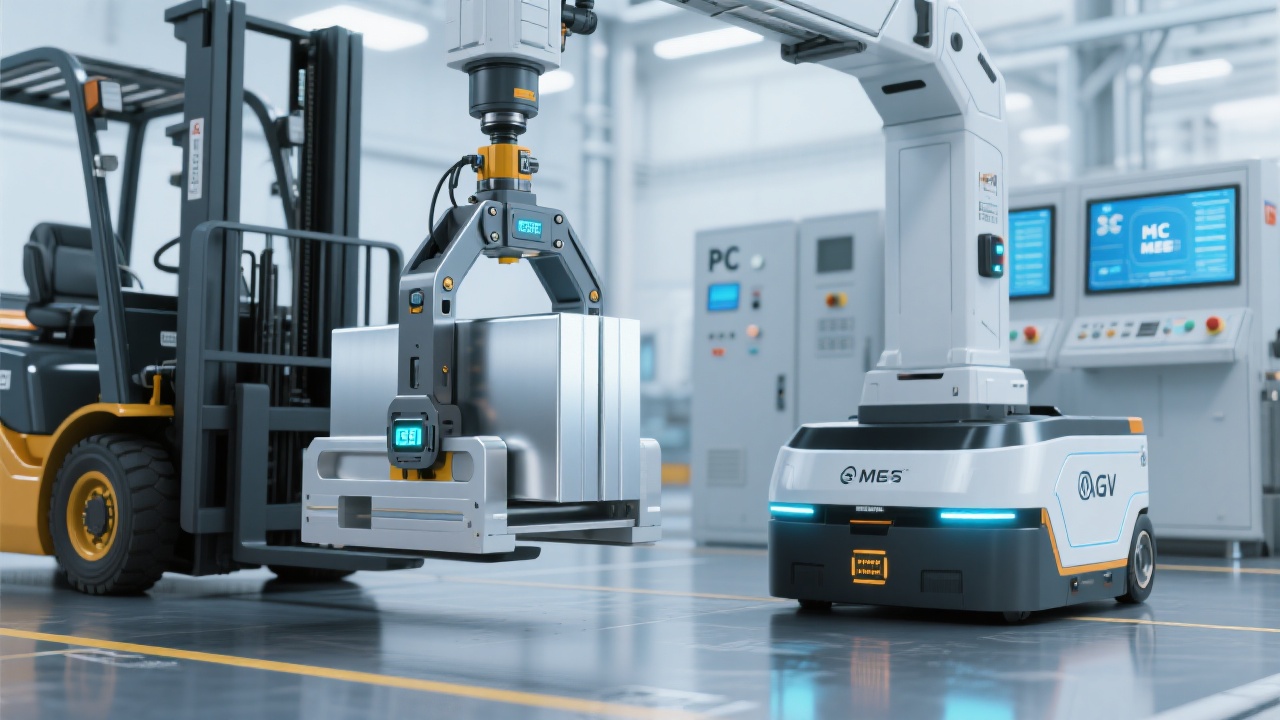
In heavy industries, you probably notice that material handling efficiency is one pressing challenge—and safety concerns only add to the complexity. The solution often lies in selecting the right high-strength plate clamping system that can reliably move loads from 8 up to 550 tons. However, the choice between mechanical, electric, pneumatic, and hydraulic drive types isn’t one-size-fits-all.
“Our port operations demanded a clamp system that delivers consistent grip with minimal downtime—even under coastal humidity and variable loads.” — A leading Southeast Asian port operator.
Before diving into technical specs, let's clarify why these clamps are indispensable. High-strength plate clamps stand out due to their durable materials, compact yet robust structure, and user-friendly operation. They secure materials safely while improving your workflow stability—critical when handling massive metal sheets, industrial plates, or construction panels.
| Drive Type | Best Use Case | Load Capacity | Key Benefits | Considerations |
|---|---|---|---|---|
| Mechanical | Harsh environments, low-maintenance sites | Up to 100 tons | Simple design, minimal power needs, cost-effective | Manual effort, limited automation, slower cycle times |
| Electric | Indoor warehouses, automated lines | Up to 250 tons | Precise control, energy-efficient, easy integration | Dependent on power stability, requires maintenance |
| Pneumatic | Clean environments, fast cycle operations | Up to 150 tons | Rapid actuation, low heat, minimal electrical risks | Air supply dependency, complexity in moisture control |
| Hydraulic | Heavy-duty lifting, outdoor or extreme loads | Up to 550 tons | Powerful and reliable, great for extreme conditions | Higher maintenance, fluid leak risks, weight |
Let’s ground this in actual industry use cases. In a metal smelting plant, the heavy and hot plates—sometimes exceeding 400 tons—require hydraulic clamps due to their unmatched power and heat tolerance. The hydraulic system’s ability to maintain consistent force, even in high cycle counts, is a game changer here.
Contrast that with a busy warehouse storing construction metal panels, where electric-driven clamps reign. The controlled grip and integration with automated forklifts streamline loading, boosting throughput while enhancing operator safety. Plus, electric clamps run cleaner than hydraulics—critical for indoor settings.
Meanwhile, pneumatic clamps find their sweet spot in environments like electronics manufacturing where rapid operation cycles and clean surroundings prevail. Ports and docks, exposed to aggressive weather conditions and massive loads, often lean towards rugged mechanical clamps to keep downtime minimal and maintenance straightforward.

The decision boils down to several intertwined factors:
It’s worth noting that combining these insights with real live data—such as downtime rates and handling efficiency from current operations—can sharply reduce guesswork.

Ultimately, choosing the ideal high-strength plate clamp system amounts to aligning your unique operational demands with the drive’s intrinsic strengths. This strategic fit not only boosts productivity but also injects stability and safety into your production workflow.
Selecting the best clamp drive isn't merely about specifications—it's about creating a seamless interface between your material and machinery. For your industry-specific scenario, opportunities to optimize clamping extend well beyond initial installation, contributing to long-term cost savings and reduced operational risks.

Have you encountered obstacles in material handling efficiency or clamp reliability? Reach out and share your challenges—we can provide tailored cases and precision-engineered clamp solutions from your industry peers that have transformed their operations.

